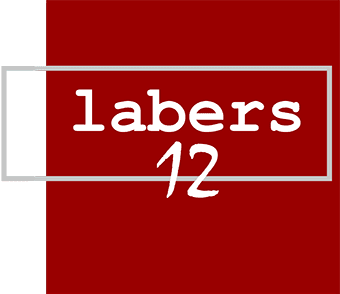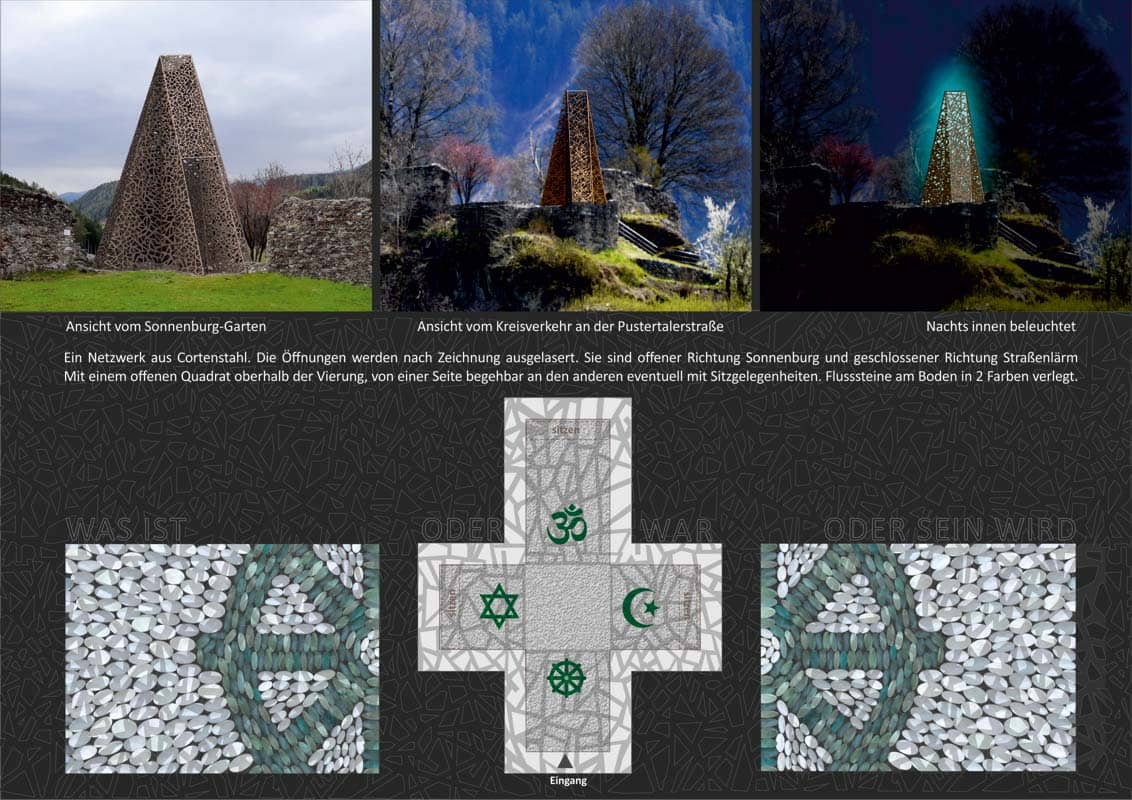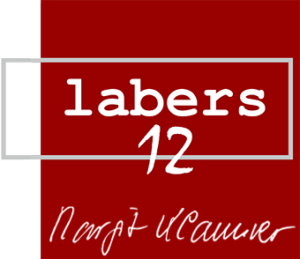Castle Sonnenburg in San Lorenzo
2023
What is or was or will be
How many conflicts have been caused by religions and how many still exist today? The Crusades, the Inquisition and the burning of witches, the Huguenot War, the conflicts in the Holy Roman Empire of the German Nation, the counter-reformation efforts in the Thirty Years’ War, the expansionist wars of Islam, Hindus against Christian and Muslim minorities, not forgetting the conflict in the Middle East and, most recently, the war in Ukraine. It, too, started with religious ideas. Orthodoxy against atheism. Even in Buddhism, where the killing of any living being is forbidden, Zen masters have used meditation training for war.
Of course, religions are always part of social power systems with the potential for conflict. But they also have great potential for peace! National and international organisations working for peace in the world and between different faiths bear witness to this. “Bread for the World”, “Church and Peace”, “Pax Christi” or the “International Fellowship of Reconciliation” are just a few of them. The Israeli-Palestinian “Roots” project also aims to build bridges, not forgetting the “World Peace Brigade for Non-violent Action” from Lebanon, which is based on Mahatma Ghandi’s principle of non-violence.
As a former monastery with the remains of St Gotthard’s Chapel, the Sonnenburg seems to me to be predestined to explore this theme in depth. The equilateral cross as a ground plan symbolises the union of spiritual and material forces, the interface between heaven and earth, the connection between the four cardinal points, the relationship between male and female and all other pairs of opposites. As a form, the Greek cross is not only one of the oldest Christian symbols, but as Mithras’ cross it was already a symbol of the unconquered sun in Iran. The sun as the source of warmth and light, as the cause of the times of day and seasons and guarantor of fertility is therefore a point of reference for religious and mythological ideas in the earliest cultures. While in ancient Greece it was Helios or “Sol invictus” for the Romans, the idea found its way into the Christian era, which praised Christ as the true sun. In keeping with the spirit of the location, the sun plays a key role in this project. The visual experience of the star of light can be experienced as a revelation of the transcendent. The steel shell tapers towards the sky, the view through the open crossing remains unobstructed. Rays of sunlight penetrate the net-like structure. Spots of light appear, shadows move. The spatial experience becomes ambivalent. Distress and protection lie close together. A hint.
What do we believe in? Is it a higher power – the providence from which we draw hope? Do we believe in traditions, science, social structures or, in the future, in the fruits of artificial intelligence?
A project that places common ground at the centre, a symbol of unity, because all religions are elements of identification, language and action that refer to something incomprehensible. Some call it God, others enlightenment. All seek a state of inner peace, something transcendent, and instruct people to preserve creation and live together peacefully.
My project is about a culture of dialogue, about tolerance and truth, about this wandering empty centre, about the flow of time symbolised by the stones laid on the ground, which have become rounder, more similar and stranger as they are constantly rolled. It is about the shadows in the play with the hours. The Muslim Hilal, the Star of David, the Wheel of Dharma, the Hindu Om or the Christian cross are abstract symbols that we associate with something. The fact that the sun is shining and the earth is turning first illuminates one symbol and then the other.



